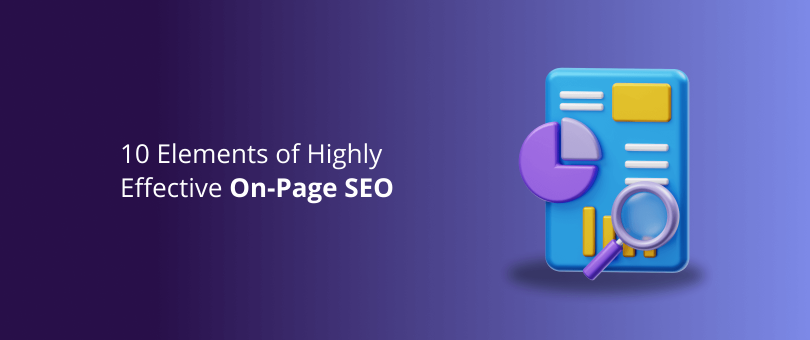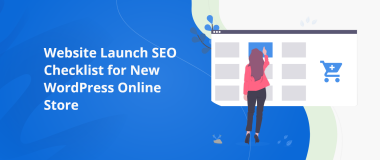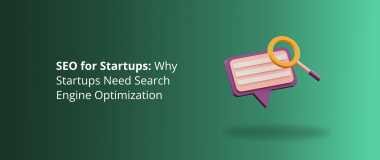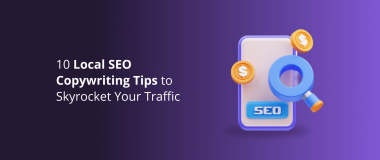How do you step up from the competition and lead the pack? A set of highly effective on-page SEO techniques might be the missing piece in your recipe for success in the digital world.
Gone are the days of being complacent with your business strategies. To make your brand known and to increase ROI, a marketer or business owner has to engage in on-page and off-page SEO processes to ace the online performance of their company website, and improve brand awareness.
Let us focus our discussion on online strategies, particularly with highly effective on-page SEO techniques.
What Is On-Page SEO?
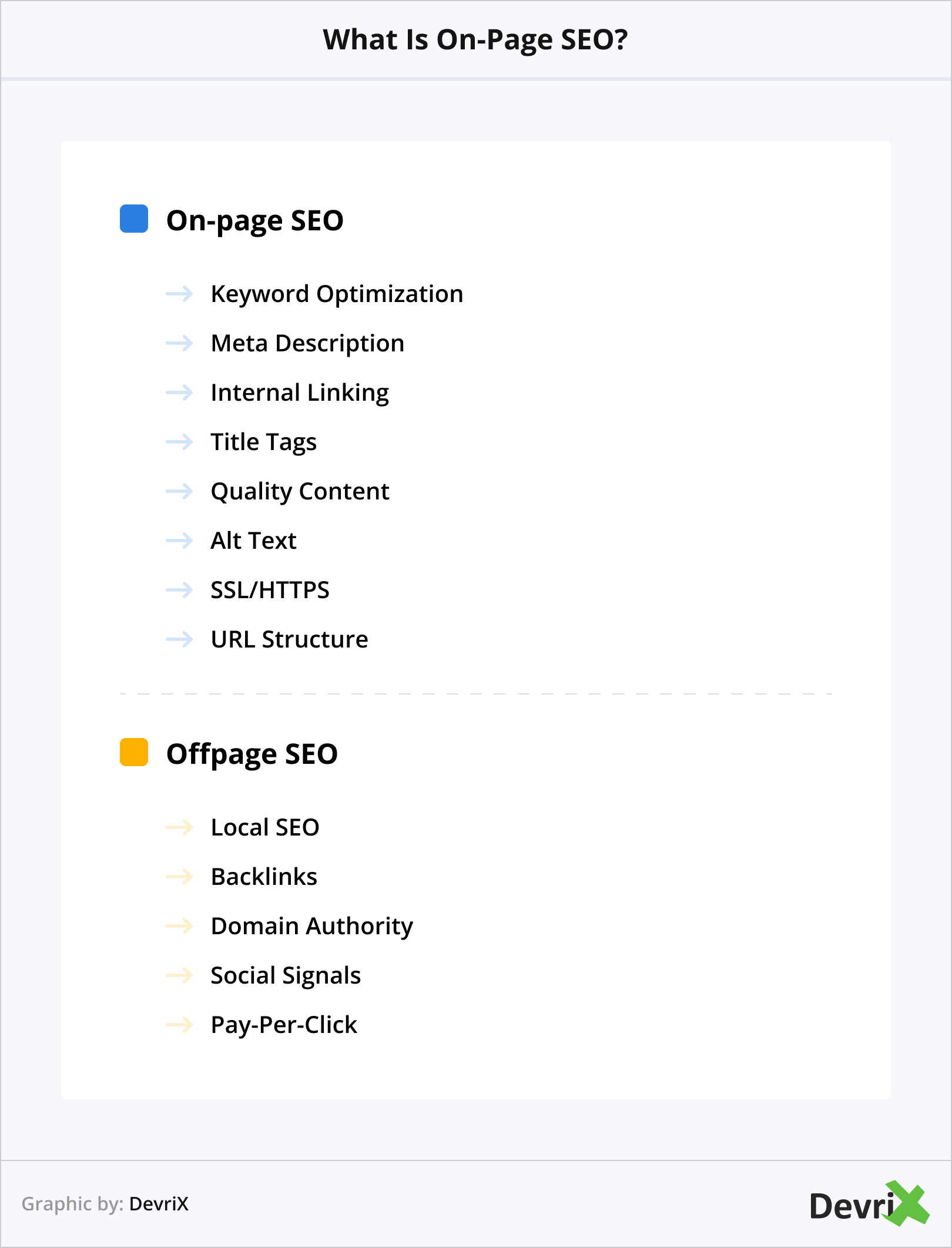
Search Engine Optimization involves methods that increase a website’s visibility and improve rankings in search engine sites through organic or natural search results. On-page SEO refers to the practice of optimizing different pages on a website so that each one gains relevant traffic on various search engine sites.
In particular, both the content and HTML source codes need to improve when it comes to on-page SEO. Various components can be the primary focus of on-page SEO. Here are some on-page SEO factors that you may want to consider and pay more attention to further improve the search ratings of your website.
Why Is On-Page SEO Important?
On-page SEO is one of the most important, and highly effective, ways to improve your website’s ranking in search engine results pages (SERPs). Search engines like Google use a variety of factors to determine whether or not a website is relevant to a searcher’s query, and on-page SEO helps search engines understand your website and the content connected to it.
The goal of search engine optimization (SEO) is to ensure that a website’s pages are properly indexed by search engines in order to improve the user experience. Google’s algorithm, for example, improves over time and will continue to do so. Keep your website up to date with current algorithmic changes by utilizing sophisticated on-page SEO tactics.
A website that is not properly optimized will never reach its full potential. Just like a brick-and-mortar business, a website needs to be designed and built in a way that is both aesthetically pleasing and functional. This means that everything from the layout of the site to the metadata must be carefully planned and executed.
Fortunately, there are many resources available to help businesses achieve highly effective on-page optimization. By taking the time to learn about best practices and implementing them on their own sites, businesses can ensure that their sites are ready to attract both users and search engine crawlers.
10 Elements of Highly Effective On-Page SEO
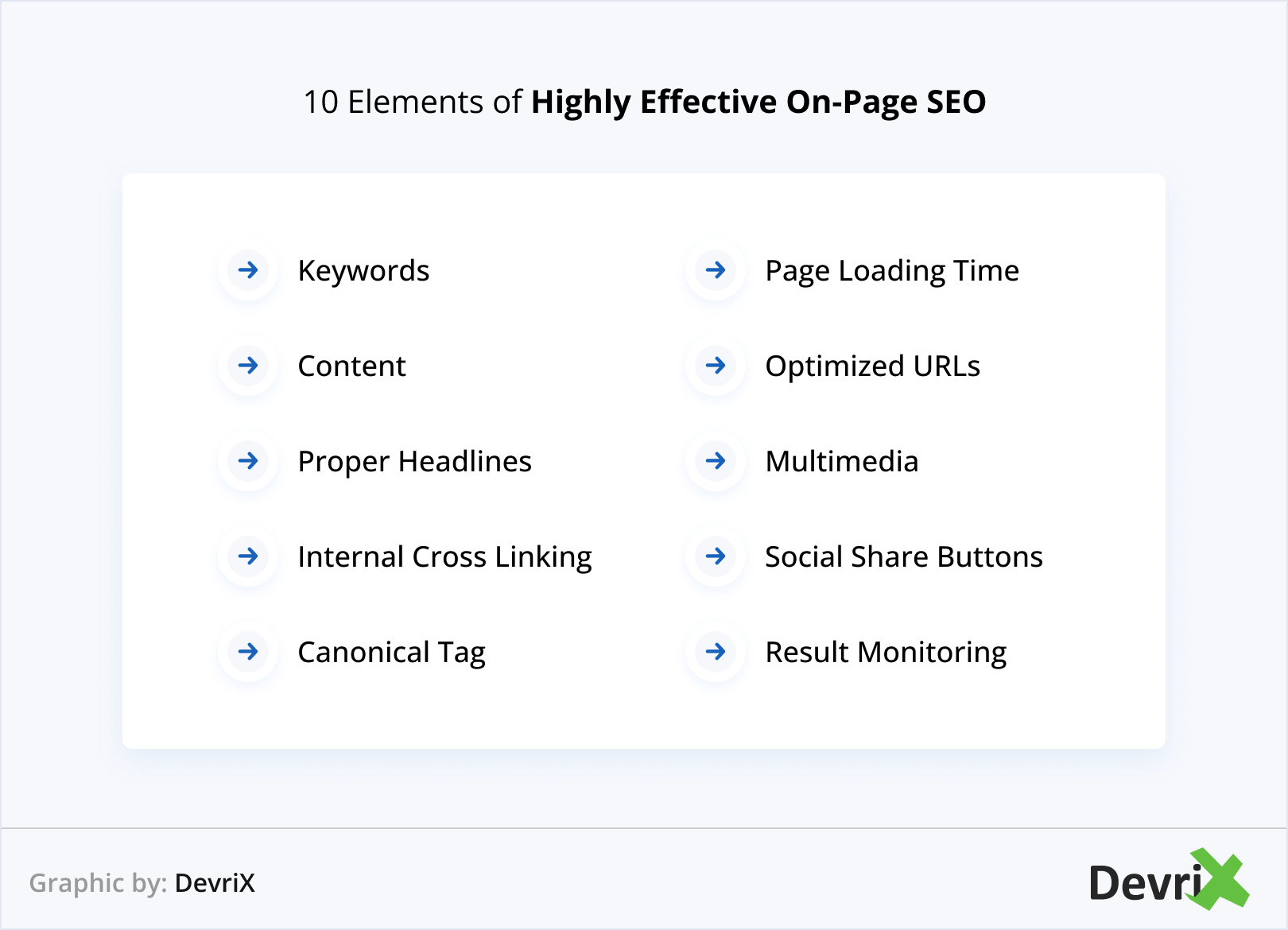
- Keywords
- Content
- Proper Headlines
- Internal Cross Linking
- Canonical Tag
- Page Loading Time
- Optimized URLs
- Multimedia
- Social Share Buttons
- Result Monitoring
1. Keywords
Keywords or key phrases are vital components of an effective on-page SEO strategy. They refer to the search item(s) an Internet user inputs on a search engine site. These words define an object or a specific solution to the user’s needs.
A highly effective on-page SEO strategy considers keywords in the following context:
- Keywords must be included in the title tag. Title tags make it easy for search engines to understand your web page and assess the relevance of your content to the search query. As often as possible, include the keywords at the beginning of the title.
- The meta description must include keywords. Description meta tags are also relevant to search engines. Also, meta tags are immediately seen by the searcher before clicking the link.
- The URL must have keywords, too. Add the keywords when constructing the URL of your page, preferably at the start of the slug. It is essential to make the URL short but still using the right keywords.
- The first paragraph must contain keywords. Do this by making sure the readability is okay, and that it fits the entire flow of information found in the content.
- Keywords must also be present in the ALT tag. ALT tags refer to the image title when the cursor hovers over a photo. This practice increases the visibility of your content through the images, which counts when search engine sites rank your pages during a query.

2. Content
Make the content relevant to the keywords and possible search queries you identify. It is also highly significant to focus your copy on your target market. Make sure that the information you put into your content is valuable and answers the concerns of your customers.
For a highly effective on-page SEO, it is crucial to have an appropriate content length. According to Yoast, content has a high tendency of being found by Google and other search engines if it has at least 300 words to 1,000 words or so. Lengthy content increases the possibility that search engines will see you because these sites will have enough details to browse from. The shorter the content, the less information available.
Also, it is vital to avoid spinning articles found on the Web. There are tons of content available nowadays, and it is tempting to copy them. However, strictly avoid copying or spinning articles just for the sake of having something to post. Do your own thing and make your content stand out.
3. Proper Headlines
To achieve a highly effective on-page SEO, create strong headlines by using H1 headline for your page title. Utilizing this headline sends out a strong signal of relevance for searches. Various content management systems and tools automatically use H1 headlines because it is easier for search engines to determine what the page is about and relate it quickly to the search query of the user.
4. Internal Cross Linking
Linking your page to another page on your website increases the possibility that a search engine will find you. Internal Cross Linking is vital to growing your website traffic.
A highly effective on-page SEO has creative interlinking tactics because it does not only increase website traffic, it also enhances overall user experience. The links provide readers with an excellent source of information and keep them engaged.
When searchers spend more time on your website, search engine sites will find this advantageous, which will dramatically impact your search rankings.
5. Canonical Tag

With tons of information found online, it is difficult to assure that there will be no duplication of content. Once the material has been duplicated, it is difficult for search engine websites to decide which one is authentic. With this, the search engine just leaves the query and does not choose any alternative, at all.
To avoid duplication, use a canonical tag to your web page’s code. A canonical URL is a search engine-friendly URL that these sites treat as authoritative.
The canonical tag will eliminate duplication and the possible confusion of search engine sites as to which is the original and which is the copy-cat.
6. Page Loading Time
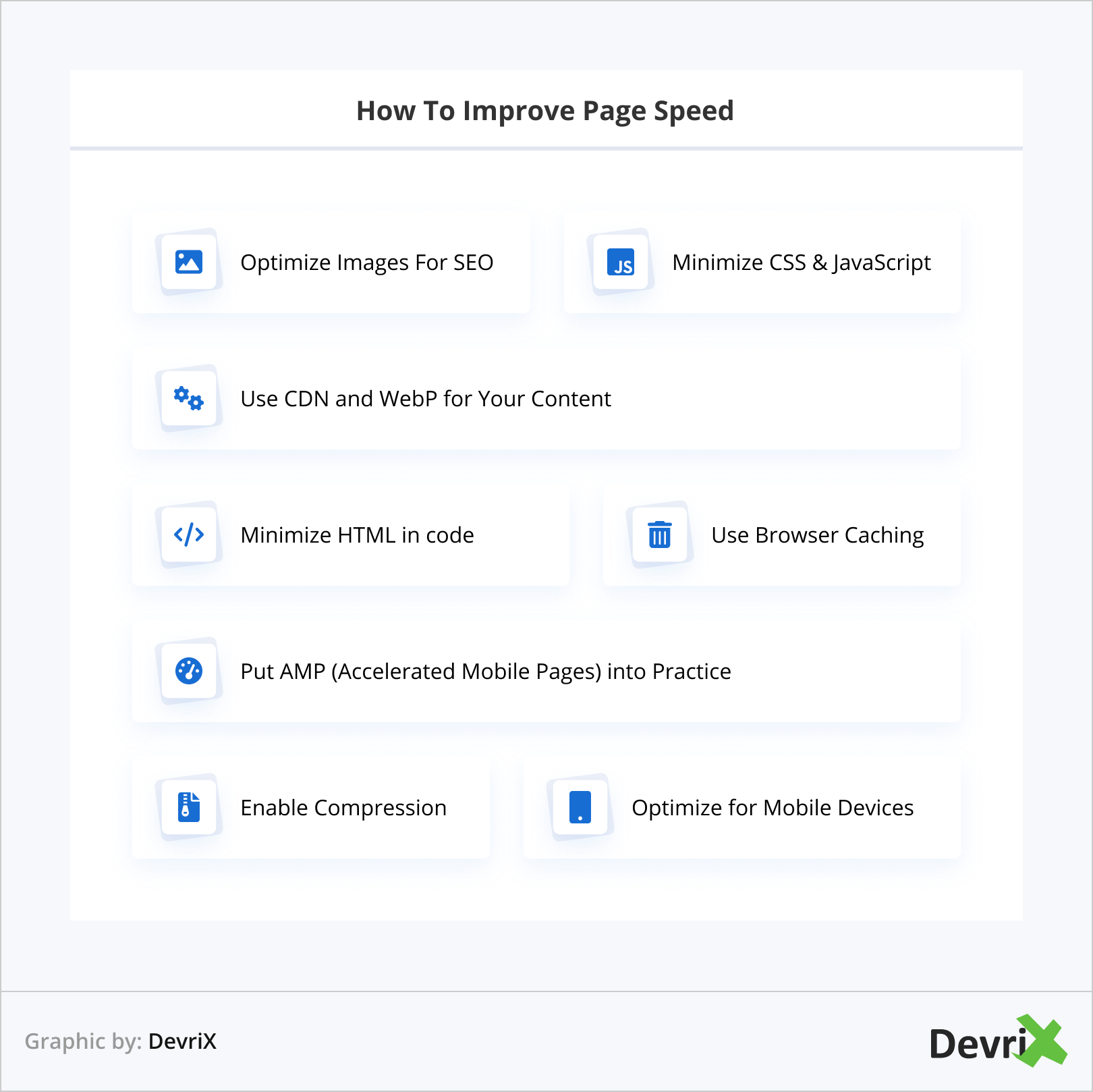
One of the biggest culprits for high bounce rates is page loading time. The speed at which your website loads is critical for Internet visitors and search engine sites, too.
Do you know that merely a second delay in response to your page reduces conversion rate by 7%? Reduce bounce rate and make users stay longer on your website by improving page loading time. The longer your customers stay, the better your ranking will be on search engine sites.
There are various tools you can use to assess your page speed. At the same time, these tools will help you analyze and recommend possible solutions to improve your website’s performance.
7. Optimized URLs
It is simple. Make sure that you create URLs that you want your target market to see. Think like you are the customer, and you will understand the importance of optimizing your website’s URLs.
Incorporate these tips in creating URLs:
- URLs must be under 100 characters in length; the shorter, the better.
- Use a single domain or subdomain for URLs.
- Make your URLs reader-friendly (use words instead of codes).
- Incorporate keywords in your URL.
- Avoid using stop words (e.i. and, or, but, of, the, a, etc.).
8. Multimedia
Another way to increase the user’s time spent on your website is by incorporating multimedia into your site. This multimedia comes in the form of videos, photos, work charts, diagrams and a lot more. Aside from decreasing bounce rate, these various types of media are an excellent source of information that captures the attention of a potential customer.
9. Social Share Buttons
We live in a world of Social Media and Digital Marketing. Consequently, it is almost a requirement to join the trend. Social Media has become a staple nowadays and to be successful a company must take advantage of it as much as they can.
To achieve a highly effective on-page SEO strategy, make sure to participate in Social Media and incorporate social share buttons on your page. If used correctly, social media buttons are simple and effective in quickly boosting website traffic and page views. Make sure to install these buttons correctly to avoid website clutter, user confusion, and a messy layout.
10. Result Monitoring
No matter what you do and no matter how minuscule your efforts are, make sure that you gauge your progress to know the effectiveness of your strategies. You can only claim a highly effective on-page SEO if you are on track with your results.
There are various SEO monitoring tools you can use to track your success. Some of them are as follows:
- KeywordTool.io – gives you a list of relevant keywords for your content.
- Google Search Central – measures HTML improvement, data markup and more.
- Copyscape – checks for plagiarism and content duplication.
- Pingdom tool – analyzes page load time of your website.
- XML Sitemaps – ensures that Google will find all the pages on your site.
Conclusion
Setting a highly effective on-page SEO does not only mean creating relevant content or incorporating links to your article. Still, if you want to step up your SEO game, make sure to focus on all the main pillars of SEO.
As a marketer or business owner, you have to cover other factors including keywords, headline format, canonical tags, page loading time, URLs, and so much more. Remember, one cannot be too relaxed nowadays or you will be left behind by your competitors.
